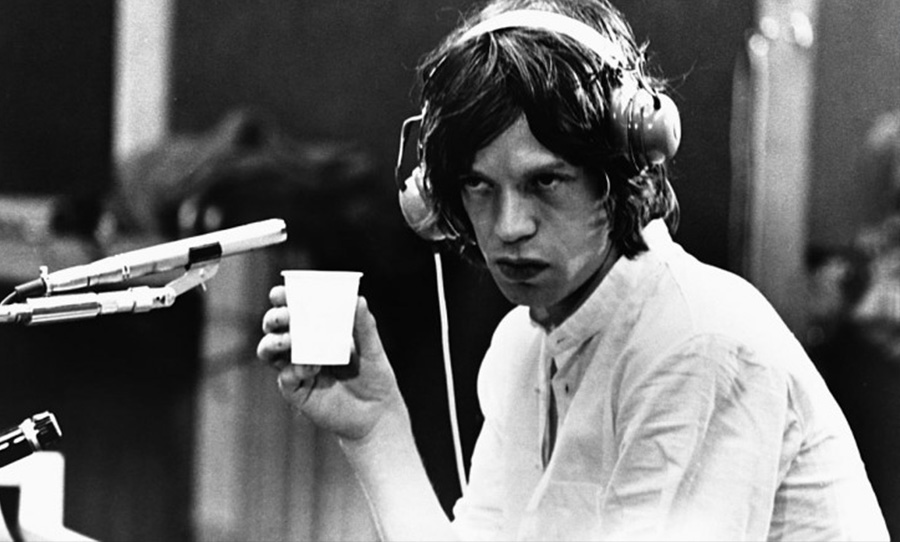Sure, having headphones as your main (or in some cases, only) mixing and monitoring tool is far from desirable. Yet, they are extremely useful in a whole bunch of studio scenarios and it’s important to get to know what your cans are capable of.
Check out our list below for three different uses for headphones.
We take a look at a few uses for headphones in a studio environment and why they’re important for mixing, monitoring and listening in equal parts.
Monitoring for Performers
It goes without saying that this one is an essential. Performers in an isolated sonic environment will need to listen to sound sources coming from elsewhere through the use of headphones. In lots of studios, a pair (or many) of much-abused headphones will be lurking in a corner somewhere.
These are unsung heroes in the making of records, so give them the respect they deserve! Make sure you acquire headphones that are decent quality in terms of sound and more importantly, comfort. If you’re wanting to get the most of the talent available, a comfy set of cans that sound great will bring untold benefits. Neglect this link in the chain at your peril.
Mixing
As aforementioned, having headphones as your only choice for monitoring in the mix phase isn’t the best situation (that’s not to say great records haven’t been made mixing on cans…but I digress). In the mix phase, headphones come into their own when they are used in conjunction with monitors, as an additional point of perspective.
Fine editing, panning, balance – headphones provide a vital new angle on a mix. A new context to assist in making decisions. Mixing headphones tend to be open-backed designs, offering a flatter, more natural frequency response. They can get pricey, but some top-end models can rival (and surpass) nearfield monitors. In any case, they are an important investment and well worth considering.
Just Listening
Most people aren’t audiophiles. Even music fans aren’t necessarily too picky about how they listen to music (iPhone earbuds, anyone?). So if you’re making music, listening to a broad range of styles through headphones is really quite important. Listening this way should really be part of the routine, because you’re putting yourself in the place of your audience, and you need to know what translates well on consumer level cans.
There seems to be more headphone manufacturers than ever nowadays. This crowded market indicates their popularity – people love to listen on the go. Now, maybe don’t go and listen to everything through earbuds – you won’t get an accurate representation of the bottom end for starters – but you should seriously consider familiarising yourself with the best mixes you can through headphones. Enlightening to say the least.
Just a few ways, of many no doubt, to utilise headphones in the studio. Most of all, headphones can be integral to getting some context on your mixes. This way of framing your listening environment can elevate them to a level you may not have thought possible through any single monitoring system.



